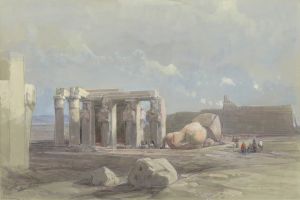
Landscape at Kusatsu
A hand-painted replica of Andō Hiroshige’s masterpiece Landscape at Kusatsu, meticulously crafted by professional artists to capture the true essence of the original. Each piece is created with museum-quality canvas and rare mineral pigments, carefully painted by experienced artists with delicate brushstrokes and rich, layered colors to perfectly recreate the texture of the original artwork. Unlike machine-printed reproductions, this hand-painted version brings the painting to life, infused with the artist’s emotions and skill in every stroke. Whether for personal collection or home decoration, it instantly elevates the artistic atmosphere of any space.
"Landscape at Kusatsu" is a woodblock print by the renowned Japanese ukiyo-e artist Andō Hiroshige. Hiroshige, born in 1797 and active until his death in 1858, is celebrated for his evocative landscapes and his ability to capture the transient beauty of nature. He was a master of the ukiyo-e genre, which flourished in Japan from the 17th to the 19th centuries and is characterized by its woodblock prints and paintings.
This particular artwork, "Landscape at Kusatsu," is part of Hiroshige's famous series "The Fifty-three Stations of the Tōkaidō." The Tōkaidō was the most important of the Five Routes of the Edo period in Japan, connecting Edo (modern-day Tokyo) to Kyoto. The series, created after Hiroshige's journey along this route in the early 1830s, consists of 55 prints, each depicting a different station along the road. Kusatsu was one of these stations, known for its bustling post town atmosphere and strategic location.
Hiroshige's depiction of Kusatsu captures the essence of travel and daily life during the Edo period. His work is characterized by its use of perspective, vibrant colors, and attention to detail, which together create a vivid sense of place. In "Landscape at Kusatsu," Hiroshige employs these techniques to portray the lively interactions and the natural beauty of the area. The print typically features travelers, local inhabitants, and the surrounding landscape, all harmoniously integrated into the composition.
Hiroshige's work was influential not only in Japan but also in the West, particularly in the late 19th century. His prints, including those from "The Fifty-three Stations of the Tōkaidō," were admired by European artists and collectors, contributing to the Japonisme movement. This movement had a significant impact on Western art, influencing artists such as Vincent van Gogh and Claude Monet, who were inspired by Hiroshige's innovative use of color and composition.
The "Landscape at Kusatsu" print, like many of Hiroshige's works, reflects the artist's keen observation of nature and human activity. His ability to convey the atmosphere of a specific location with such clarity and emotion is a testament to his skill and artistic vision. Hiroshige's prints continue to be celebrated for their aesthetic beauty and their historical significance, offering a window into the culture and landscape of Edo-period Japan.
Today, Hiroshige's works are held in high regard and are part of numerous public and private collections worldwide. Museums and galleries often feature his prints in exhibitions dedicated to Japanese art, where they are appreciated for their artistic merit and their role in the cultural exchange between Japan and the West. "Landscape at Kusatsu" remains a quintessential example of Hiroshige's mastery in capturing the spirit of a place and time through the medium of ukiyo-e.





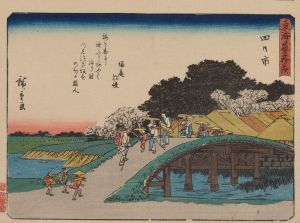
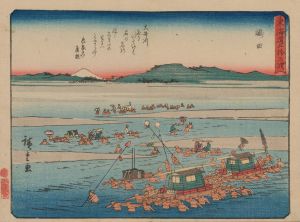

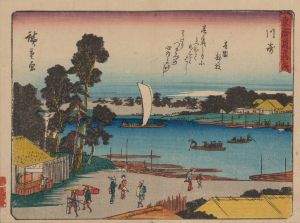

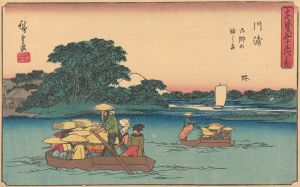


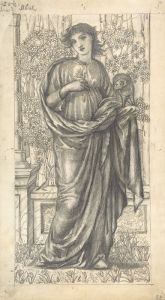

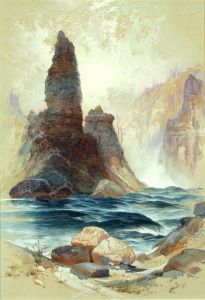
![One of two colossal statues of Rameses [sic] II. Entrance to the Temple at Luxor.](/imgs/217522/s/david-roberts-one-of-two-colossal-statues-of-rameses-sic-ii-entrance-to-the-temple-at-luxor-473c42e1.jpg)
